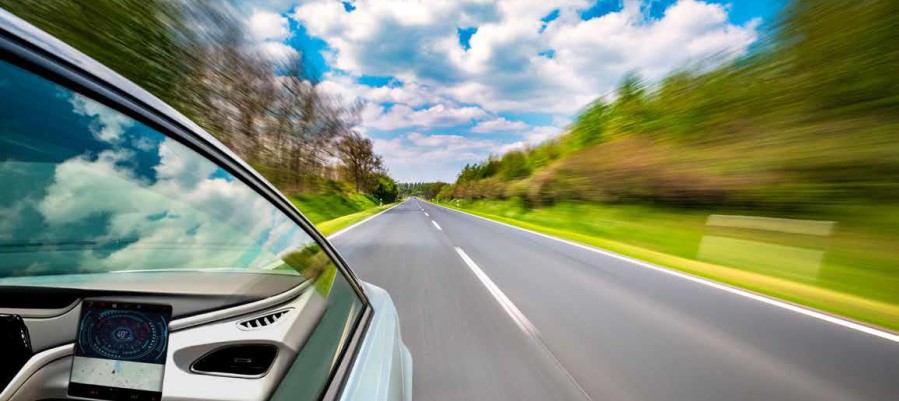🕒 Article read time: 2 minutes
Law commissions’ report paves the way for a driverless future

Driverless vehicles have long been a staple topic of discussions concerned with the future of transport.
Last week, however, the UK inched a step closer to a driverless future with the publication of an eagerly awaited joint report from the Law Commission of England and Wales and the Scottish Law Commission. The two law commissions were originally asked to come up with a series of reports on the regulatory framework for automated vehicles and their use on public roads in 2018.
DRAWING A CLEAR DISTINCTION
This final report recommends introducing a new Automated Vehicles Act, to regulate vehicles that can drive themselves. It also underlines the need to draw a clear distinction between autonomous features that assist drivers – such as automated emergency braking, adaptive cruise control and lane assist – and vehicles that are truly self driving.
Under the law commissions’ proposals, when a vehicle is authorised by a regulatory agency as having ‘self-driving features’, human drivers should not be legally accountable for road safety when those features are in use. In the event of a collision, it will be the company behind the driving system, not the driver, that would be responsible.
The report recommends that a new regime should define whether a vehicle qualifies as self-driving and urges vehicle manufacturers to be extremely clear about the difference between self-drive and driver-assist features. New safeguards are recommended to prevent driver assist features being marketed as self-driving. This would help minimise the risk of collisions caused by vehicle occupants thinking they do not need to pay attention to the road while a driver assist feature is in operation.
Many driver assist features are already available on vehicles and the report predicts that these features will develop to a point where an automated vehicle will be able to drive itself for at least part of a journey, without a human paying attention. This could mean that motorway miles or the regular route taken by a shuttle bus are automated, for example.
ROLES AND RESPONSIBILITIES
In their report, the law commissions recommend that the user-in-charge (as there effectively is no driver) cannot be prosecuted for offences arising directly from the driving task of the vehicle in autonomous mode, such as dangerous driving, speeding or running a red light. However, they do remain responsible for other tasks, such as checking that all passengers are wearing seatbelts.
The manufacturer or other body that obtained the authorisation (Authorised Self-Driving Entity or ASDE) would be responsible if the vehicle drives in a way that would be criminal or unsafe if performed by a human driver.
Some vehicles may be allowed to drive themselves with no-one in the driving seat. In this scenario, any occupants of the vehicle would be considered as passengers. Instead of a user-in-charge a licensed operator would be responsible for overseeing the journey.
NEXT STEPS
The law commissions’ report has now been submitted to the UK, Welsh and Scottish Parliaments, which will consider whether to accept its recommendations and introduce legislation to bring them into effect.
“We have an unprecedented opportunity to promote public acceptance of automated vehicles with our recommendations on safety assurance and clarify legal liability,” said Nicholas Paines QC, Public Law Commissioner.
“The development of self-driving vehicles in the UK has the potential to revolutionise travel, making every day journeys safer, easier and greener,” said Transport Minister Trudy Harrison, “I look forward to fully considering the recommendations and responding in due course.”
Phil Lloyd, Head of Engineering Policy, Logistics UK, said: “The increasing use of autonomous features in HGVs – such as adaptive cruise control and lane assist – already helps make logistics both safer and greener. This joint report from the law commissions marks an important milestone in the industry’s journey towards a future in which self-driving vans and HGVs are possible.”
*www.logistics.org.uk/road
Published On: 03/02/2022 16:00:00

Comments Section
If you are a Logistics UK member login to add comments.